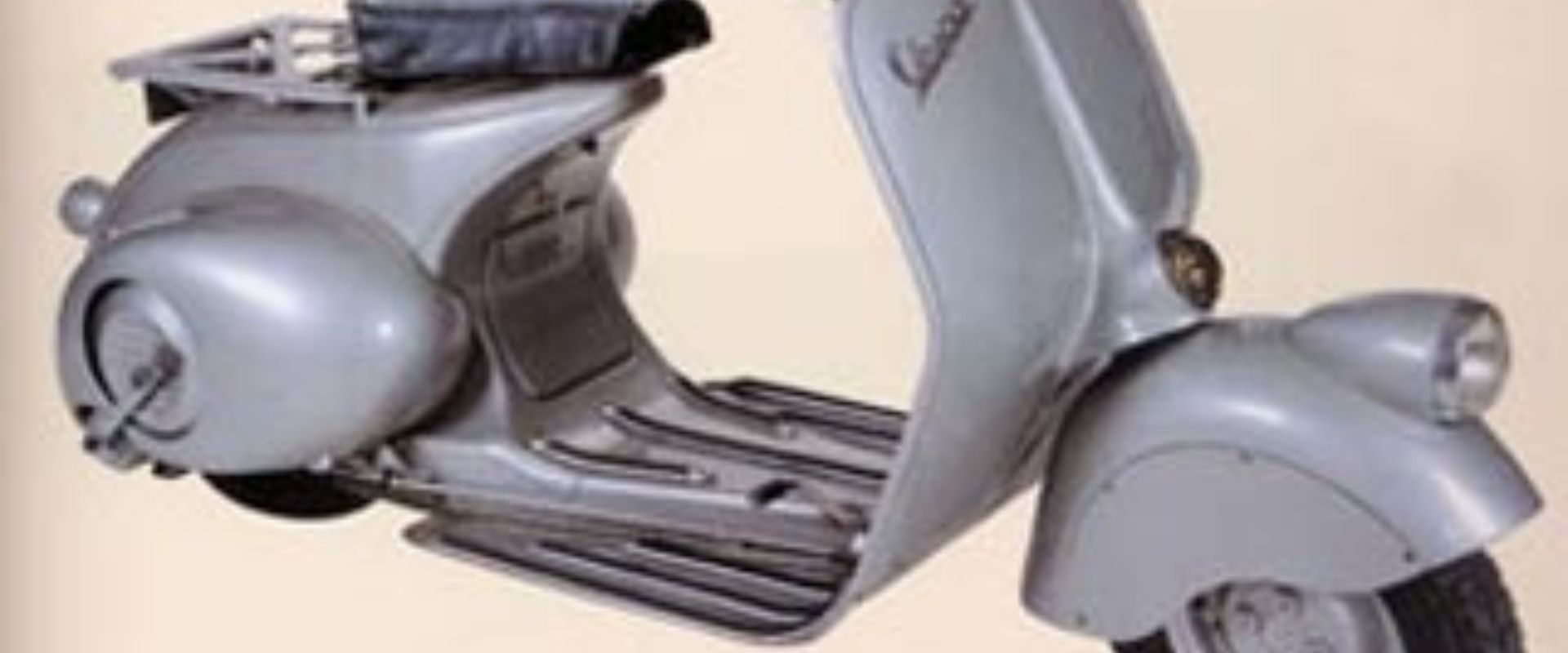The Vespa
By Heinz Peter Schwerfel
The worldwide success of the Vespa makes us forget that is was born in destitution. Its voluptuous shapes and svelte size recall the euphoria of the 1950s — yet it was in 1945 that they were perfected, a time when Italy, its blood drained by World War Two, had to find a means of transport for its people that was easy to buy and easy on fuel consumption. Revolutionary in conception, the Vespa was inspired by aeronautics for its body, termed self-supporting, in which the motor was hidden. The Vespa met with immediate success: it was safe and economical, and the Italians fell in love with its rounded forms. More than an industrial product, the Vespa became the symbol of Italy’s renewal. The fact that the cinema later made it a star is the logical consequence of that encounter between an object and an era.
